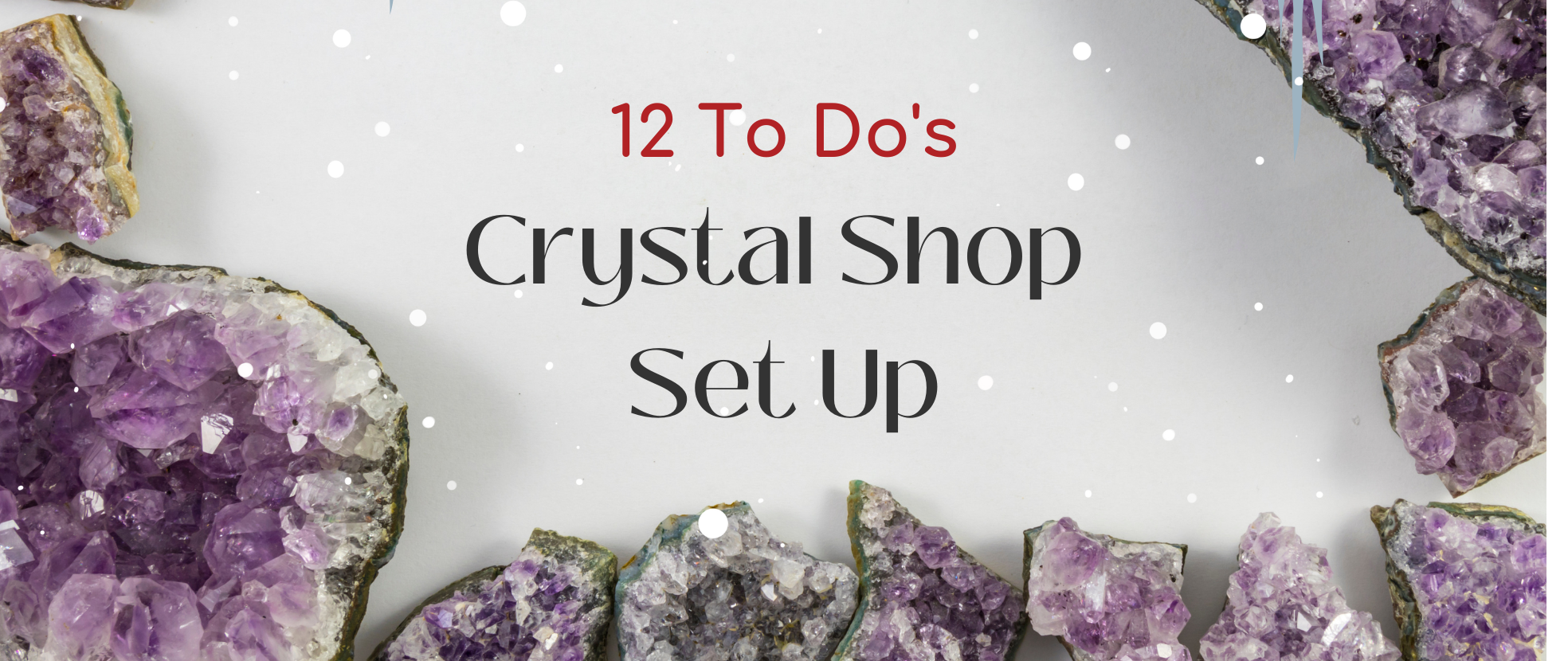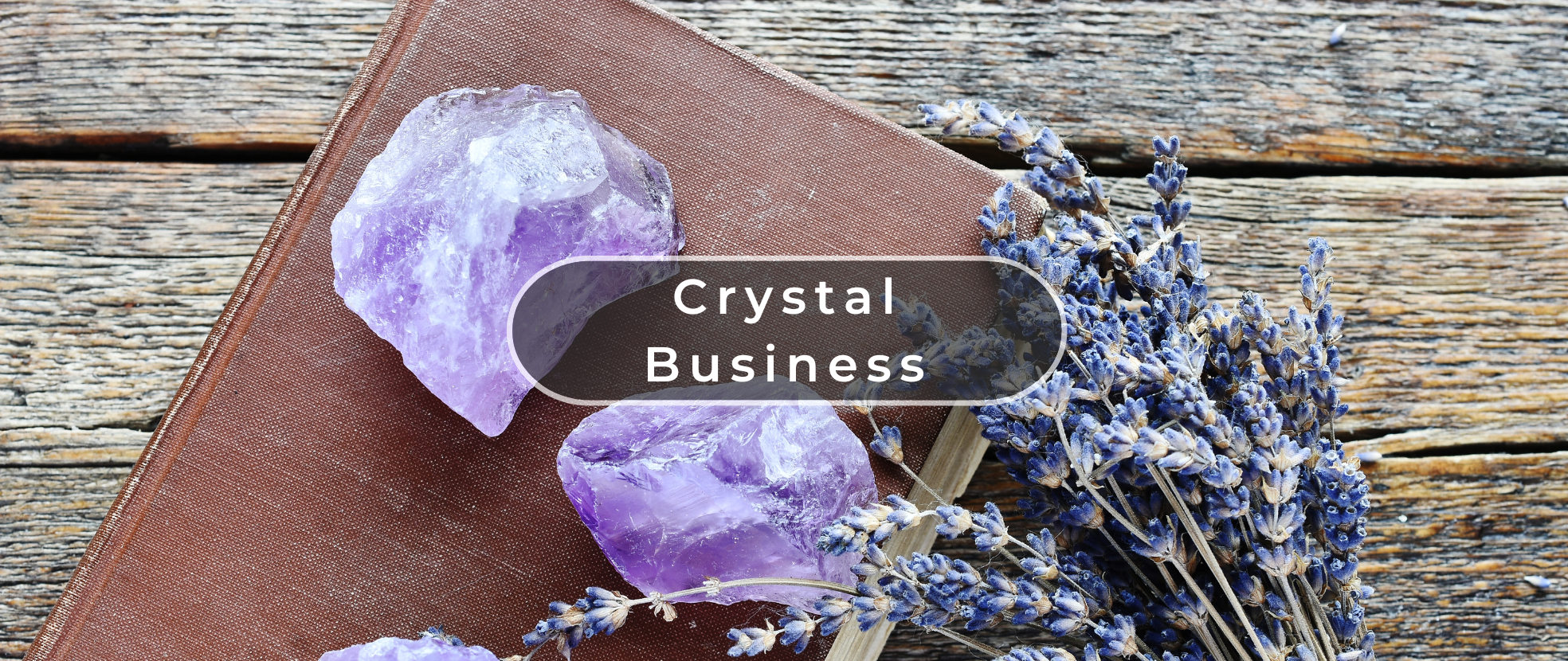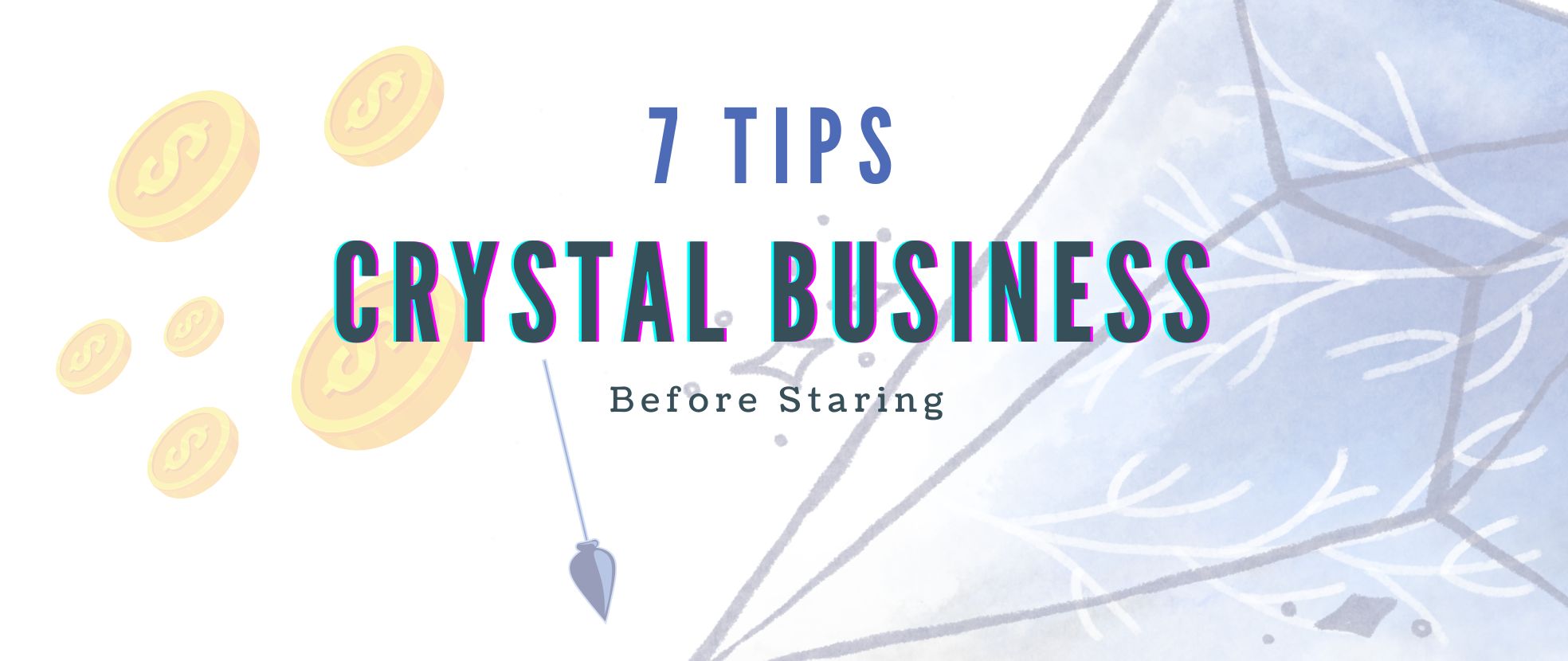When you think of a garnet stone, you may immediately conjure up an image of a brownish-red stone. Instead of garnets being one simple stone, garnets are actually a grouping of different mineral species:
?Pyrope is a member of the garnet family, and also the only member to always display a red colour naturally. Its name comes from the Greek words meaning eye and fire.
?Almandine, an iron alumina garnet, is usually purple but can also range to a deep red colour. It's most commonly found in Sri Lanka but can also be mined globally.
?Spessartine is a manganese aluminium garnet species named for the place in which it was identified; Spessar in Bavaria, Germany. Its colour ranges from dark red to yellow-orange.
?Grossular, a calcium-aluminium species of garnet, that also comes in the form of the gemstone hessonite. Grossular can be light green, yellow and red, though green grossular is the most valuable.
?Uvarovite is one of the rarest of the garnet species due to its bright green colour, comparable to that of an emerald. It is the only garnet species that can only be green.
?Andradite is a garnet species that includes three different individual varieties: melanite, demantoid and topazolite. These gems can range in colour from black, green, yellow-green and brown. Demantoid is one of the most valuable stones in the gemological world due to its rarity.
As you can see, there isn't one set stone that can be labeled a garnet – it's instead a group of a variety of gemstones that are categorized by their composition. Most garnets follow the chemical formula of X3Y2(Si O4)3, with X and Y being potential variables for each species.
Despite the wide variety of garnet gemstones species, no type of garnet can ever be a blueish colour. Even gemstone varieties that can be green never range to blue-green – only deep green, light green or a clear green.
Most species of garnet are named after their colouring based on etymology. The word garnet itself follows suit, named for the 15th century Old French word garnet. This meant dark red, referencing the popularity of red in garnet varieties.
Indeed, the reason why garnet is associated with the colour red is because it's the most popular garnet colour variety. Red garnets have a high value when based on their clarity and cut, though the value of a garnet gemstone increases exponentially when it's of a different colour variety. Garnets that are green are the most valuable due to their rarity.
Garnets are known for their colour and variety, but also for their age. Garnets can be dated back thousands of years to ancient Egypt, when garnet gemstones were popularly used as jewelry for pharaohs. Romans also used garnets for trading as one of the most popular forms of currency.
Holistically, garnet gemstones are also known for their healing and metaphysical properties. Each species of garnet has its own use for healing, Feng Shui, etc.:
?Pyrope: inspiration, sharing, helps people utilize their gifts
?Almandine: centers you to the Earth, associated with the First Chakra, aids circulation
?Spessartine: high energy, associated with the Solar Plexus Chakra, activates the mind
?Grossular: offers hope, brings prosperity, associated with the Base and Crown Chakras
?Uvarovite: promotes prosperity and wealth, stimulates the Heart Chakra, brings calm and peace
?Andradite: self-empowerment, strength, safety, prevents isolation and attracts others
Because garnets are so varied in their colour and purpose, there's bound to be a garnet stone that works for you, whether due to its sparkling hue or the healing properties it possesses.





